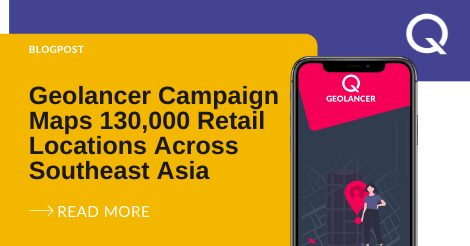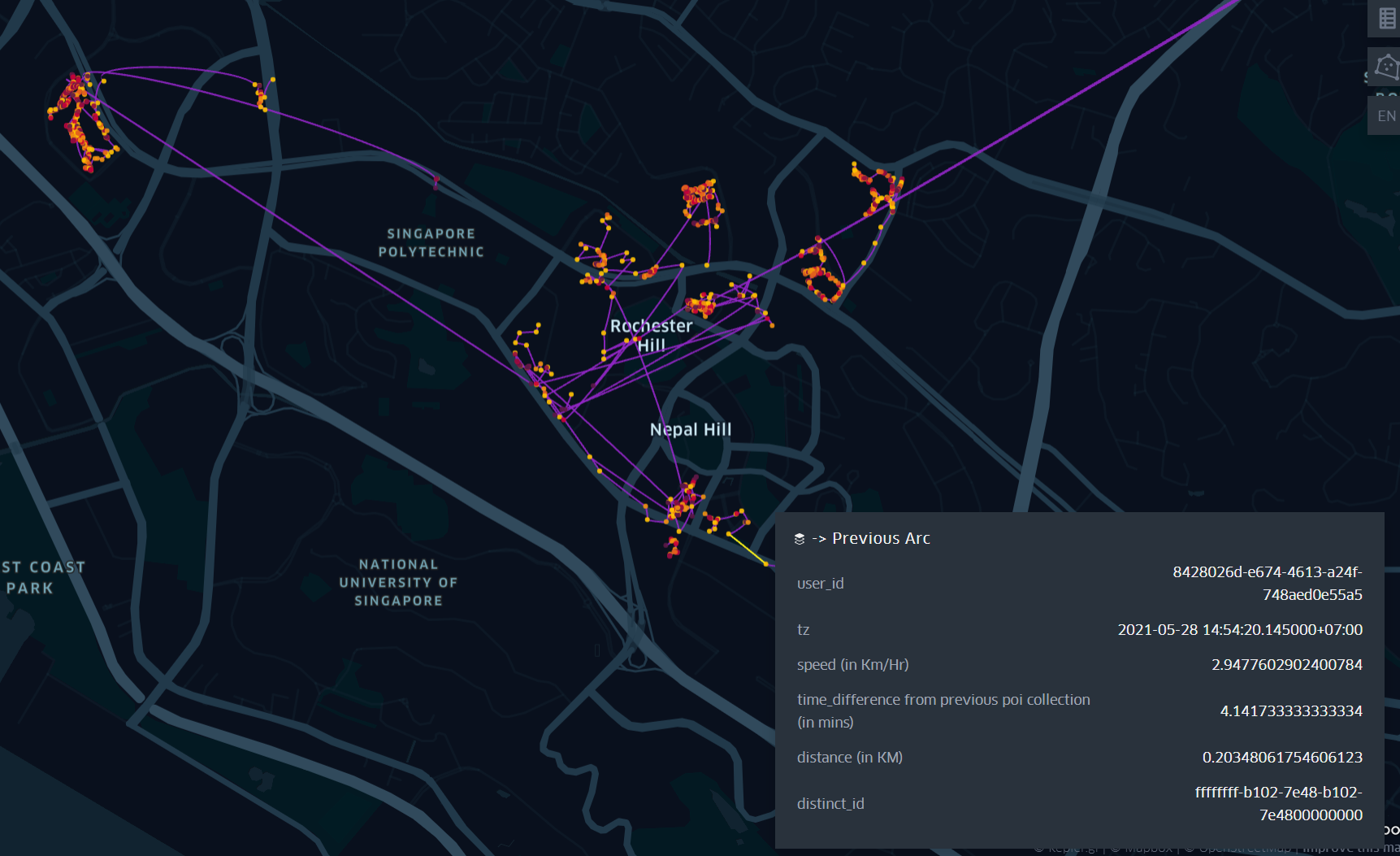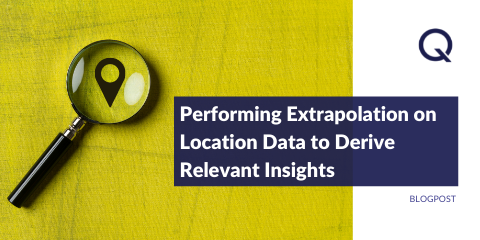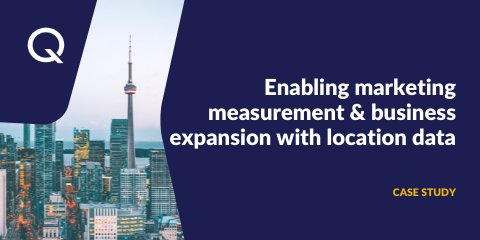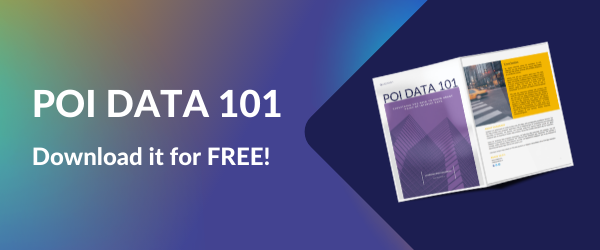Geolancer, Quadrant’s proprietary platform for manually verifying Points-of-Interest (POIs) on the ground successfully concluded its second beta launch campaign. In five weeks, Geolancers collected over 130,000 POIs across Southeast Asia.
We’ve run the campaign for five weeks between July 7 and August 10 in seven countries and the city of Gurugram (Gurgaon) in India. Geolancers were tasked with mapping as many retail POIs as possible, including restaurants, convenience stores, shops, pharmacies, banks, telecom shops, and more. Because of the stringent Covid restrictions across most of the region, most of the POIs came from two countries, Indonesia and the Philippines. Covid hit these businesses hard, and many of them are closed, rendering existing POI databases outdated.

